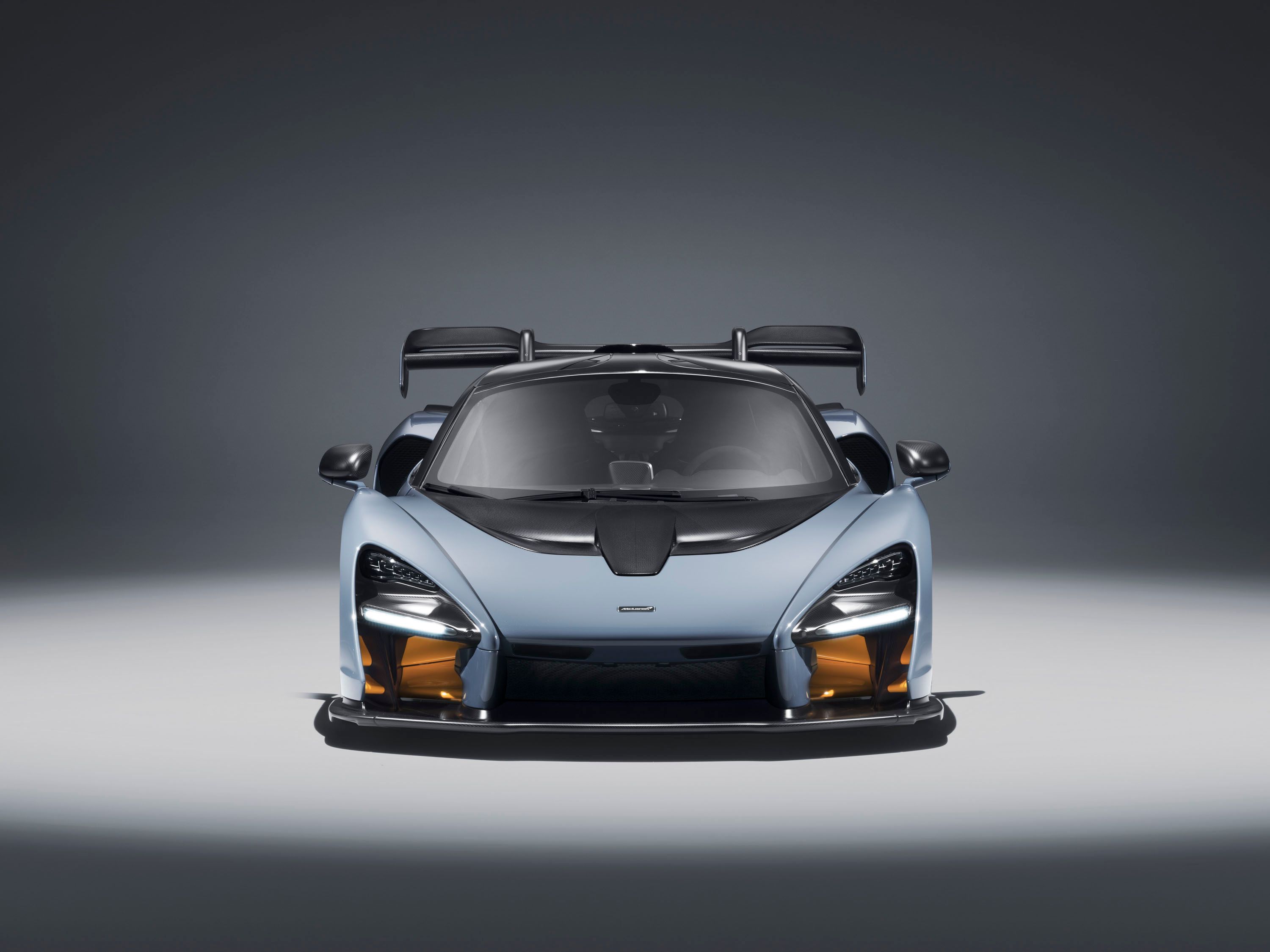Launched in late 2017 as a successor to the P1, the McLaren Senna is the company's most radical road-legal car yet. Not just superior to the P1 in almost every department, it's one of the quickest supercars on the race track. At least that's what McLaren claims. There's no proof of the Senna skill at the track, but all the specs, performance figures, and the extreme aerodynamics seem to point in that direction. And McLaren wants to take things up yet another notch in the near future with a racing version.
Although it has yet to confirm it, the British firm is most likely developing a GTR version of the Senna. It will be here once production of the regular model, limited to 500 units, comes to an end, so it will probably take until late 2019 for that to happen. Much like the P1 GTR, the Senna GTR will be a race-spec model of existing Senna clients and part of the company's customer program with racing events around the world. But while the P1 program was halted after the GTR, the Senna will become a full-blown race car for FIA events. At least that's the plan.
Continue reading for the full story.
It's All Down to the Upcoming Technical Rules
Taking a supercar like the Senna racing is a bit of an issue right now, as most series under the FIA banner do not allow such vehicles to the track. But this could change in the future. Recent rumors suggest that the Automobile Club de l'Ouest (ACO), which organizes the 24 Hours of Le Mans, is planning to revert technical rules for the top class back to road-legal supercars following the demise of the LMP1 category for hybrids. This could open up the opportunity for McLaren to field a prototype-spec Senna at the iconic event.
"I certainly could conceive racing . I genuinely cannot confirm anything at the minute, but we are working on a plan. The way it is designed from an aerodynamic perspective, and the sheer balance of our cars, would be very, very competitive. You could never say outright that you’d go and win, but we wouldn’t go in with any other intention," McLaren Automotive chief executive Mike Flewitt told Autocar.
Big Shoes to Fill
A race-spec Senna would have big shoes to fill, as it will become the spiritual successor of the Le Mans-winning F1 GTR. The innovative F1 hit the race track in 1995, winning the 24 Hours of Le Mans in its first season. What's more, four of the top five cars at the finish line were F1s. The GTR remained competitive in the series until 1998, getting a major upgrade in the Longtail spec. It continued to race internationally with noticeable success until 2005. In all, it won 39 races and scored 64 podiums, plus three constructors' championships in the BPR Global GT Series and the FIA GT Championship.
Granted, it remains to be seen whether the race-spec Senna will become reality or if it will be able to win at Le Mans, but McLaren will surely put up a good fight. And no matter the result, it will probably remain one of the most radical race cars based on a road-going model.
References
McLaren Senna
Read our full review on the 2019 McLaren Senna.
Read our full review on the 2016 McLaren P1 GTR.
Read more McLaren news.


